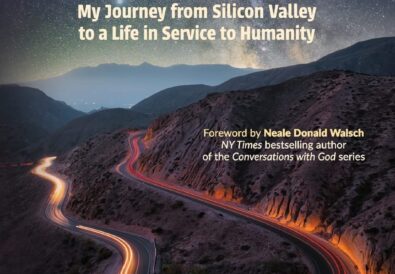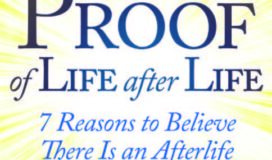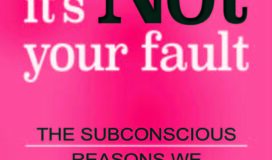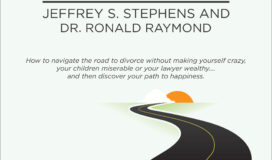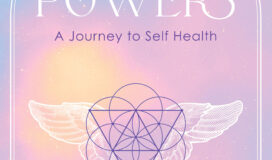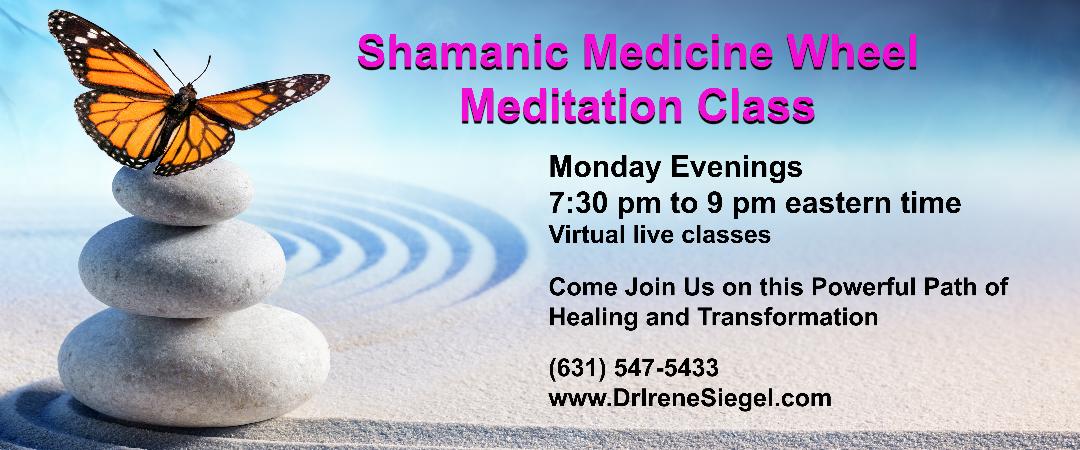The layers of inner work inside of every person are a lot like a stack of bricks. The process of healing deeply entrenched patterns, the inner child, and trauma of all kinds must happen by thoughtfully deconstructing those inner brick walls. To disassemble the tower that blocks you from your optimal well being and freedom, you have to grab the topmost brick first. If you destabilize the stack by snagging a brick from the middle or bottom, the entire wall will come crashing down. This happens with inner work too. You must work with the layers that are on top and ready before pursuing and excavating deeper, more entrenched ones. It’s best to wait to heal deeper layers until you arrive there naturally.
When exploring the layers of your tower, you may find that the same topic often has many layers at differing depths. Clearing a brick from the top doesn’t mean you won’t someday find another brick lower down with a deeper perspective on the same issue. This is often the experience of a person with early childhood trauma. Questions such as “Why do I have to keep dealing with issues with my mother? Can it ever not be about her?” may plague them. Entrenched triggers, issues, and growth edges tend to need more than one iteration of focus because of their complexity. For such deep-rooted areas of growth, it’s normal to return to the same topic repeatedly, each time accessing deeper layers of healing.
The stacked bricks analogy is similar to the spiral perspective of healing, a popular concept from various spiritual and psychological communities used as a roadmap for inner work. In the spiral theory, healing is akin to a spiral where a person continually returns to the same topics, but from changed perspectives where they can engage the issue from new vantage points and work with it differently. This is one reason why you may see elements of your life through different lenses over time — you’re moving up the spiral.
Do you recall the cliché quote that goes something like, Life is about the journey, not the destination? It’s a silver-lining billboard we’ve become collectively desensitized to as a society, but that doesn’t make the sentiment any less true. Tara Brach shared a cartoon she discovered where a dog sat upon the proverbial mountaintop next to a wise guru. The guru said to the dog, “The bone is not the reward. Digging for the bone is the reward.” Maybe it’s less cliché if the subject of conversation is canine.
People on the healing journey often believe if they can just check all the right boxes for healing and growth they’ll arrive “there,” — in a nirvana place, where everything is silky-smooth and easy. Some speak about the seemingly endless mountain they feel they’re climbing in their self-exploration process. They can sense the summit of their arduous climb, only to recognize that they’ve reached (yet another) false one. If you’re unfamiliar with mountain climber lingo, a “false summit” is one of the great tricks of God, The Universe, or whomever you believe is in charge out there.
When a climber sees what they hope is the summit ahead, a sense of relief and excitement pulses through their veins. Upon approaching the summit the climber suddenly realizes it was a hoax. What looked like the top from a lower vantage point turns out to be a mound of dirt and rock that simply obscured the miles and mountains left to climb. The building cocktail of happy psycho-emotional neuromodulators like dopamine and serotonin, as well as a down-shifting parasympathetic nervous system (to calm them) jolts to a halt. They become deeply exhausted and frustrated when they realize that so much work still lies ahead. This is akin to the moment when you realize the issue you thought you healed has popped up again in an entirely new unexpected form, and it’s time to double check that your web of inner-support is strong enough to hold it.
The next time you find yourself at the grocery store, in line at the bank, or browsing the stacks of your local bookstore, consider that everyone surrounding you is dealing with their own emotional trigger points and journeys, no matter how they may appear. The famous words, “Be kind, for everyone you meet is fighting a hard battle” are a valuable reminder for when you get too caught up in your own experiences. Every other person on the planet is the main character in their own lived experience, too. If you leave space in your heart for the possibility that others around you deal with pain and struggle differently, you also allow for the distinct probability that whomever you feel reactive toward likely needs more of your compassion than contempt. Through the lens of Dr. Kristin Neff’s term “common humanity”, every person is doing the best they can to navigate this wild, unpredictable, and sometimes agonizing human experience, and we could all use a little more kindness.
Adapted from Chapter 5 in The Radiant Life Project: Awaken Your Purpose, Heal Your Past, and Transform Your Future
Kate King is a licensed professional counselor, board-certified art therapist, radiant life coach, published author, professional artist, and creative entrepreneur. She expertly teaches a unique transformational healing strategy that integrates science, psychology, creativity, and spirituality. Her new book is The Radiant Life Project: Awaken Your Purpose, Heal Your Past, and Transform Your Future (Rowman & Littlefield Publishers, Nov. 1, 2023). Learn more at theradiantlifeproject.com.



